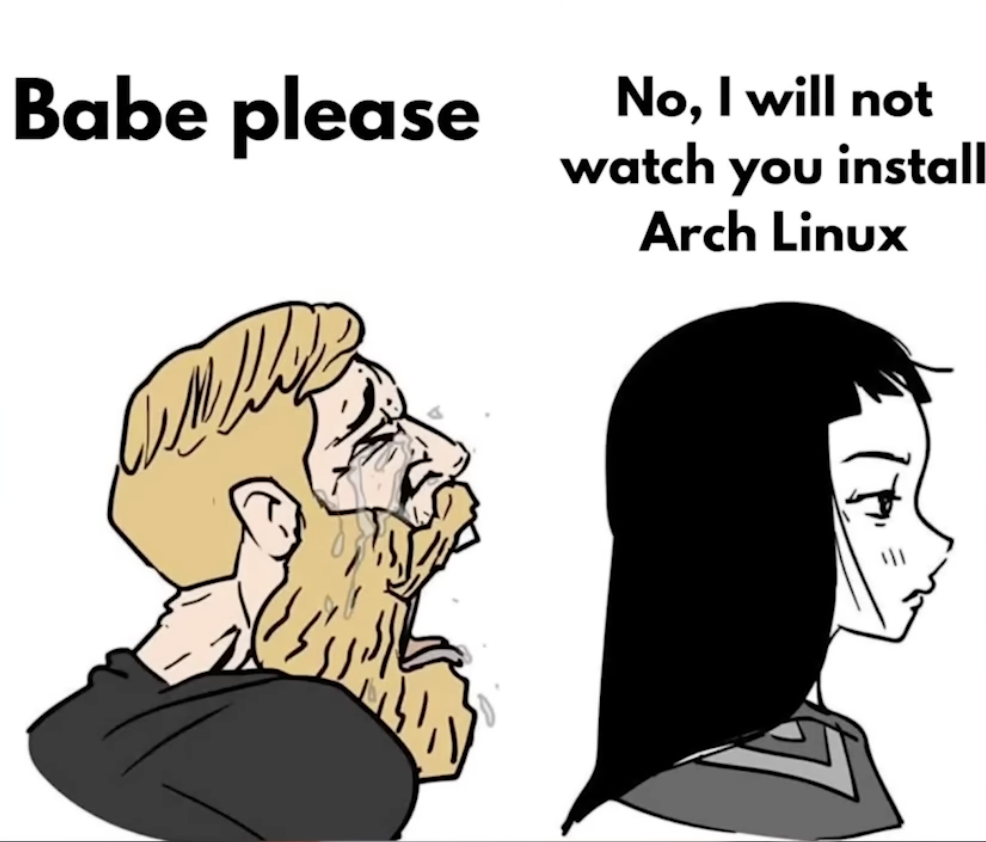The once biggest YouTuber, Pewdiepie, relatively recently uploaded a video explaining his switch from Windows to Linux. I was quickly amazed at the amount of customisations he was able to create and at the performance boost his computer got just by switching operating systems (OSes). I’ve used Windows and MacOS extensively in my life. I started out on my Mac, then switched to Windows to game on PC, and then, when I started university, I switched back to Mac. However, both OSes have their problems. One very obvious one is how slow searching for specific items stored on the hard drive is, the performance deterioration, and the ever-increasing size of the OS.


As you can see in my screenshots, Apple OS takes approximately 20% of the space that I paid for!
Planned Obsolescence
What if I told you that companies bloat and increase the complexity of their OS in order to force consumers to buy their new and shiny products? Planned obsolescence is when companies deliberately make their product have an artificial expiry date that they set to increase the demand for their products. For example, Apple creates a new iPhone every year which, let’s face it, isn’t all that different from the previous version. Therefore, to create incentive to buy new phones, iOS updates again become bloated and usually make your phone run worse, making you think you need a brand new one.
Why is proprietary software so pervasive?
This is a hard question to answer because there are many different factors that influence this outcome. However, I’d like to make the argument today that education is one of the main causes for this outcome…
I see myself as someone who knows a bit more than the average Joe about computers. With the help of my uncle, I built my own PC when I was 14. I played modded Minecraft and Gary’s Mod, among others, which helped me understand how applications work. With this minor I learned how to code and use open-source AI models. However, I wouldn’t consider myself that well-versed, but compared to older people I must seem like a wizard.
Despite my knowledge, teaching myself how to download Linux and customise it would still be a hassle that I sadly don’t have time for. Furthermore, the availability of apps on Linux is a lot less than Mac or Windows. There are workarounds, however, but… it all takes time.

We are all busy with our obligations, and the average person does not have the time or actually even the need to create their own custom OS. However, let’s be a little idealistic here. Imagine a world where most software is open-source. Open-source just means that the source code is available publicly and free to use, modify, and share. Not everything can be open-source due to service costs of the infrastructure. I think, however, it’s better if companies, an independent government, or an international digital organization take care of server, cloud hosting, or customer support infrastructure.
To be honest, that seems a bit too utopian and not realistic. But imagine if education really embraced technology. For example, imagine if students, when they enter 6th grade, had a smartphone engineering class, where you could use modular phone parts that are explained simply to children, with customized OSes that the child can modify. This doesn’t eradicate consumers of proprietary software, it just makes them more conscious and better consumers, forcing companies to actually compete for users, as the threat of changing to an open-source variant looms larger.


Recent Comments